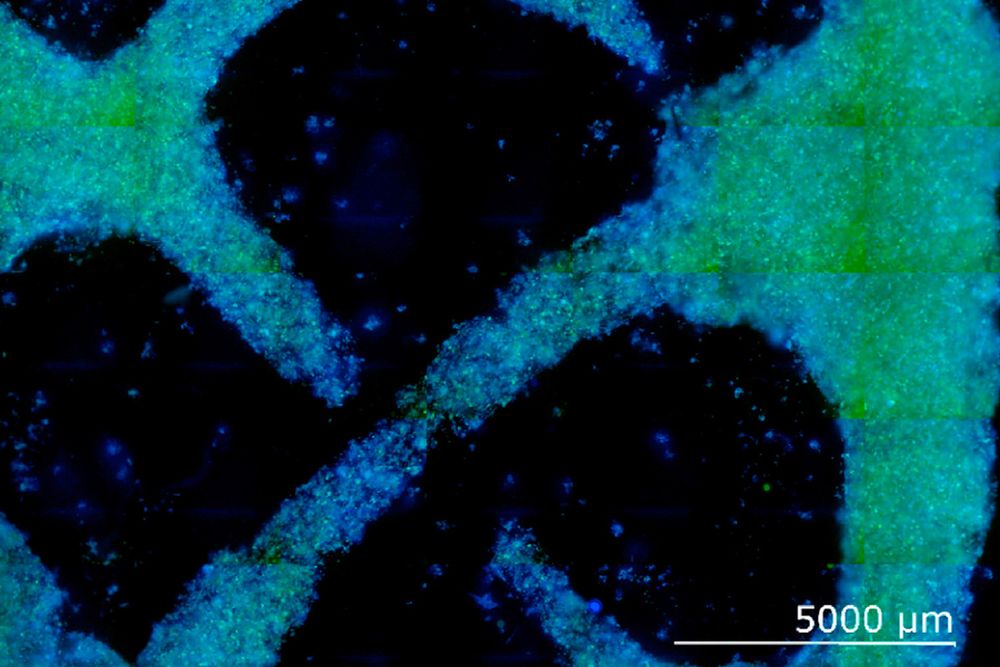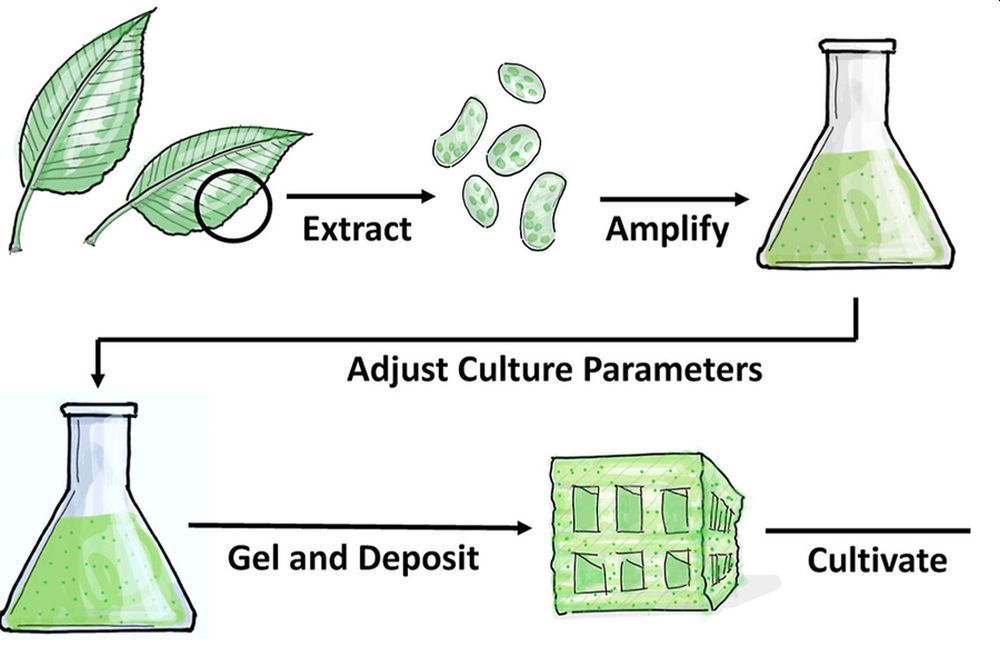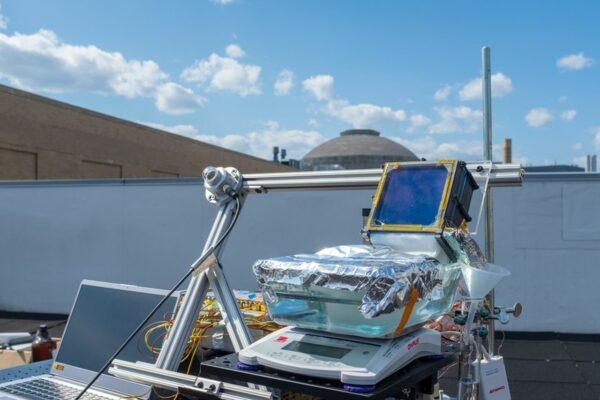Could Lab-Grown Plant Tissue Help Save the Forests?
The forest cover has decreased drastically over the past few decades, logging and agricultural expansion being the primary reasons. While the world communities are planting trees to reverse the logging trend, researchers at MIT have developed a new technology to reduce the burden on forest cover through lab-grown plant tissues. The process is akin to that of lab-grown meat.
Apparently, the process will be able to produce wood and fiber in the controlled environment of a laboratory. The researchers have demonstrated the workings of the concept by growing simple structures using cells harvested from zinnia leaves.

Tunable, isolated plant tissue production | Image: MIT
Although the method is still in its nascent stages, the potential applications of lab-grown plant material are significant in reducing the burden on the earth’s forest cover for agricultural expansion and construction material.
Published in the Journal of Cleaner Production, the research could present a more efficient way to use land and resources so that more arable areas remain wild, or to remain lower in wood production but allow for greater biodiversity. The team theorizes that the growth of plant-based materials can be coaxed into specific target shapes.

Graphical abstract | Image: MIT
The negative environmental impacts of excessive logging and rapid agricultural expansion can be halted if the researchers can eventually create a way to produce lab-grown wood for use in construction and fabrication at a scalable and efficient rate.
However, there is still a long way to go from creating a simple plant structure to lab-grown products, such as wood and fibers. Replicating the process to other plant cells is yet another challenge as different species can pose several challenges.
Anyhow, if this technology succeeds in creating lab-grown plant products on large-scale, many problems in the agricultural arena would be solved from the inside of a lab.


